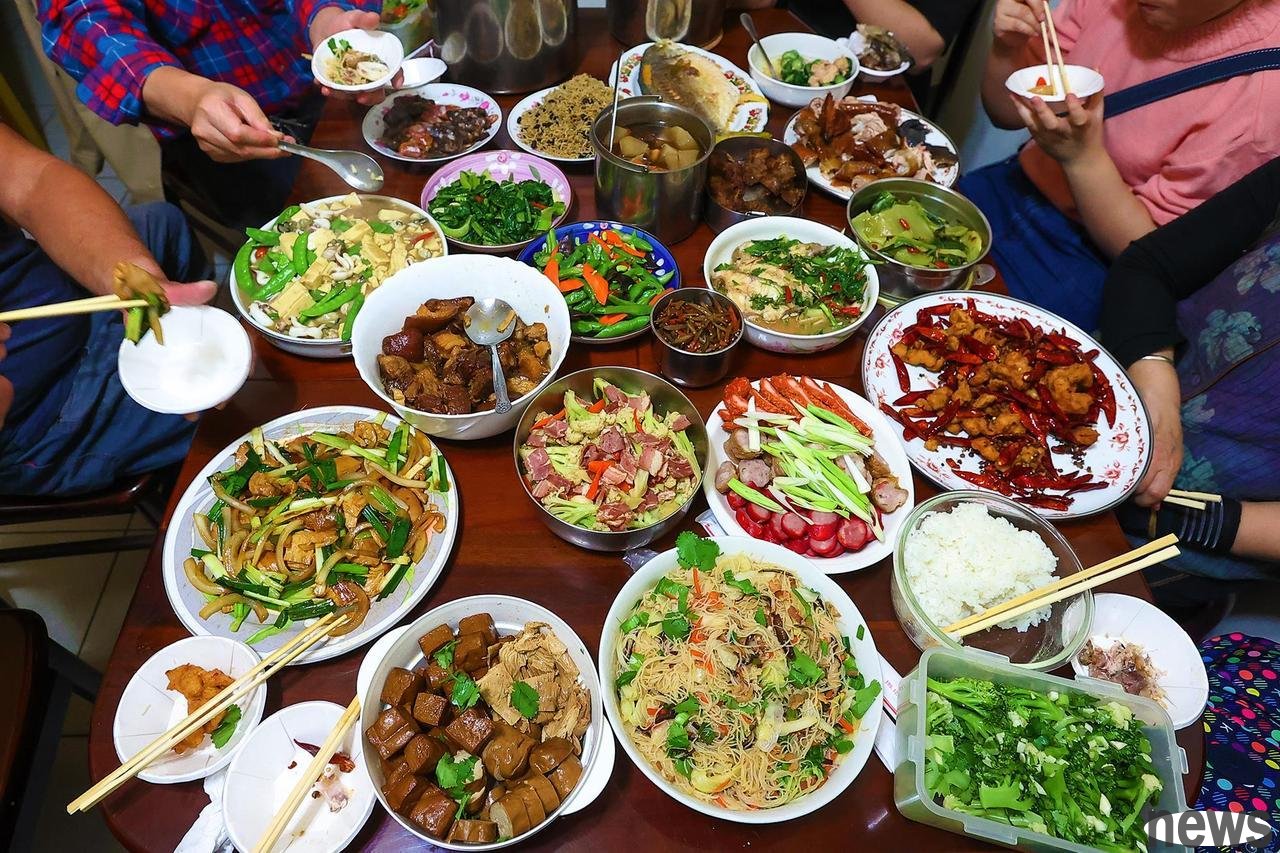
How many dishes will each family leave behind after the meal? Have you ever thought how long these leftovers can last? Generally speaking, leftovers can be stored in the refrigerator for about 3 to 5 days. But if you don't store it properly or keep leftovers in the refrigerator for too long, bacteria can grow on the food and cause food rot, which can increase the risk of foodborne diseases, such as food poisoning.
What are the factors that affect how long leftovers last?In fact, the storage time of your leftovers depends on the temperature and time, and at a temperature between 4 degrees Celsius and 60 degrees Celsius, the bacteria will reproduce rapidly. Once leftovers enter this temperature range, bacteria double every 20 minutes and make the food change, while unrefrigerated leftovers change in quality for about two hours.
In addition, in high temperature environments above 32 degrees Celsius, bacteria will grow faster, and leftovers will change in one hour.
Store leftover vegetables below 4 degrees Celsius can reduce the growth of harmful bacteria. However, even if you quickly put leftovers in the refrigerator, bacteria will still start growing on the food and become unsafe after about 3 to 4 days.
Another way is to chill the leftovers below 17 degrees Celsius to stop the growth of bacteria that causes deterioration. However, the quality and taste of the food will be worse after about 3 to 4 months.
How to store leftover vegetables safely?The following are the basic guidelines on how to store leftovers for a long time:
. Hot food: After cooking or after removal from the warm-in equipment, refrigerate the leftovers within two hours.. Refrigerate perishable foods: such as poultry, meat, fish and dairy products, and should be refrigerated within two hours.
. High temperature environment: If outside, refrigerate leftovers within an hour.
Set a large amount of food into multiple containers, so that when storing leftovers in the refrigerator or cold storage, the food will drop more quickly to a safe temperature. For example, a large piece of barbecue may still be partially hot after two hours in the refrigerator, which will allow bacteria to grow, while smaller pieces will be chilled within this time, reducing bacteria growth.
It should be noted that avoid storing leftovers in the sanitary refrigerator, which will reduce the air circulation required during cooling.
In addition, use sealed flap, plastic packaging or other reusable flap to cover leftovers. You can also pack perishable refrigerated foods in sealed packages such as plastic packaging or vacuum sealed bags. Keeping leftovers covered and sealed helps prevent more bacteria from entering the food.
If you want to reheat leftovers, in order to help kill potentially harmful bacteria, experts recommend preparing a temperature meter when heating leftovers and ensuring that they reach a temperature above 74 degrees Celsius.